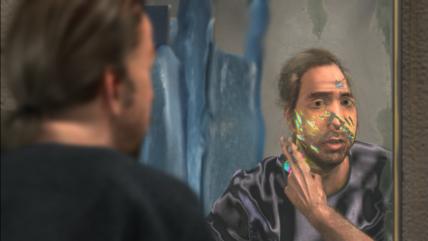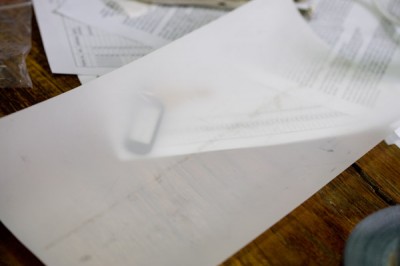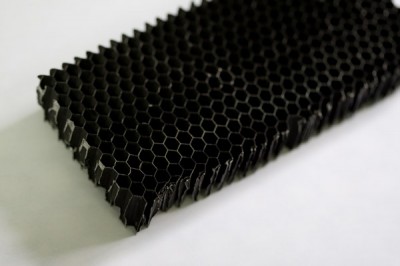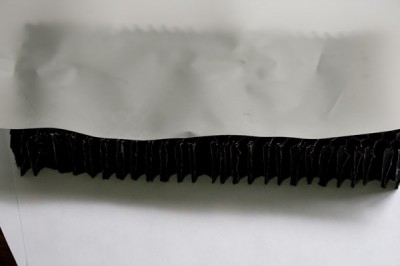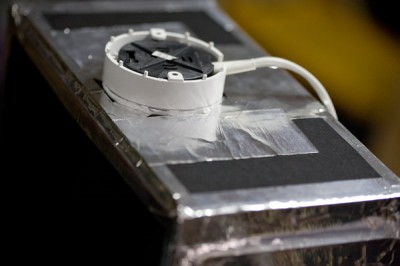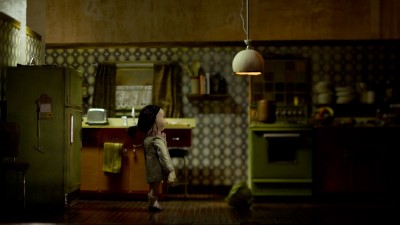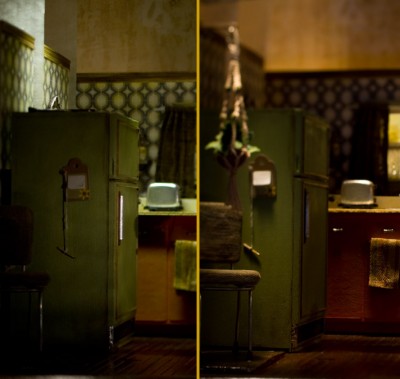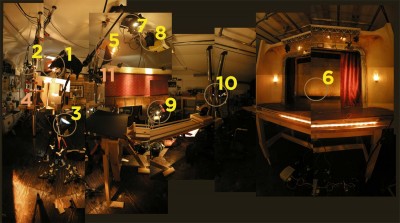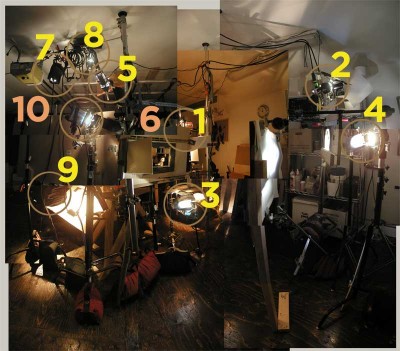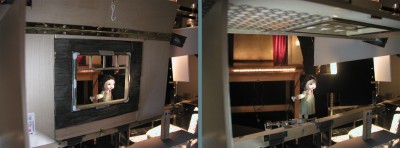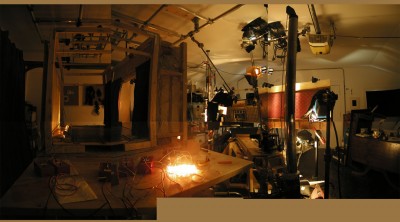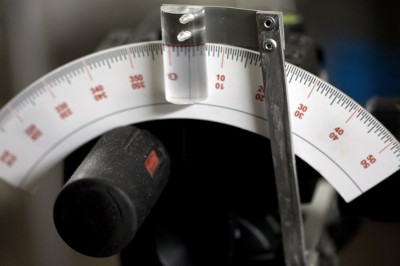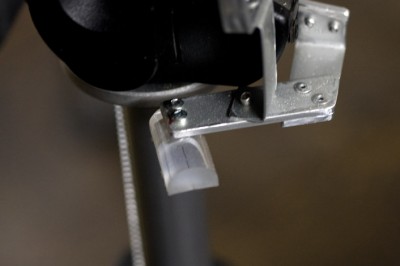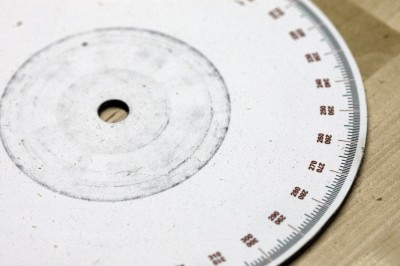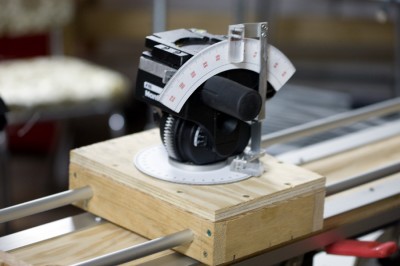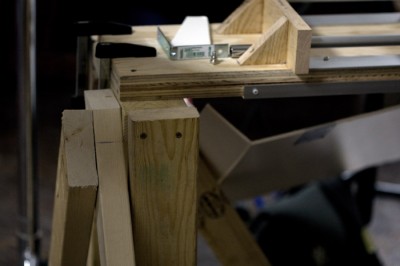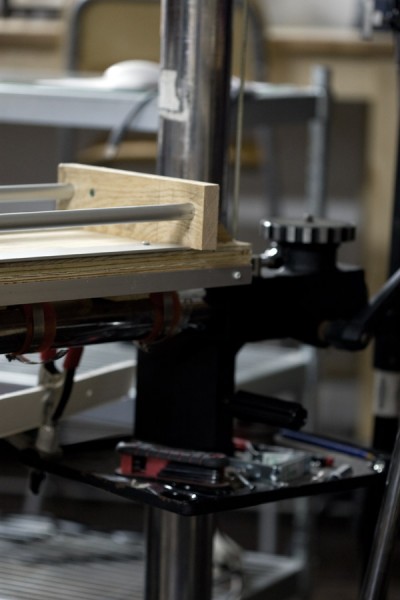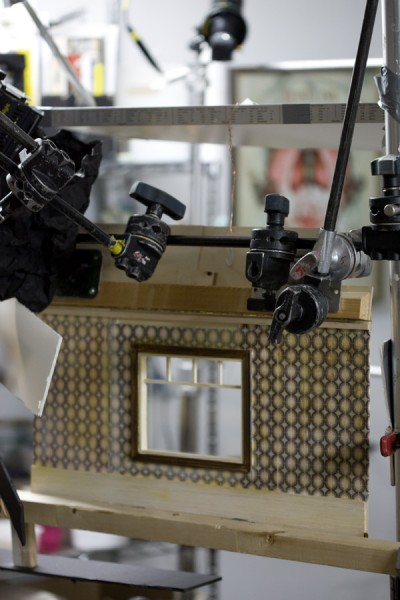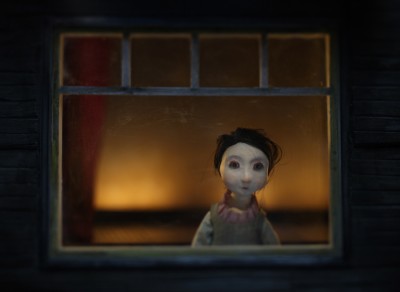I haven’t updated this blog in a while… Â it’s shameful! Â Even more shameful is that I’ve fallen behind on the film. Â Today is a happy day though, so I had to announce it — that I’m well on my way to overcoming my fear of the Walk Cycle.
I can’t believe I have been so hung up on this one shot. Â This is probably the only shot in the film that has a walk cycle. Â Not only does it have a walk cycle, but it also has many things animating on the stage behind this walk cycle. Â So if there is a mistake in the walk, then there is a lot of animation lost.
This shot has been lit for a few weeks. Â I’ve had to prep some other things — which is a whole other post that I will get to once the shot’s done — but since the lighting has been finished I’ve also taken a vacation, done some paid gigs, done some work on the house, socialized, and generally done whatever I can to stay away from this dreaded walk cycle shot.
But now the fear is pretty much gone! Â I’ve done it! Â It’s far from perfect — the stand-in puppet does some moonwalking and stumbling but there’s something about it that is kinda not too bad. Â I plan on practicing this a few more times before bringing the real Sabela into the set and animating it for real. Â Gulp.
Sadly my magnetic-feet idea did not work for the walking. Â At the end of the walk I tried to balance her in a couple of poses with just the magnets, and that turned out OK… Â but it was very tricky to get her to walk, with her feet being so tiny and all. Â I will have to animate this scene twice — one pass for just the background elements (there will be elements of the set rolling onstage behind her), and one pass with the set elements, Sabela, and her rigging. Â I’ll then have to paint out the rigging in After Effects.
So here it is — my First Ever (EVER!) walk cycle. Â I did it! Â Baby steps…

